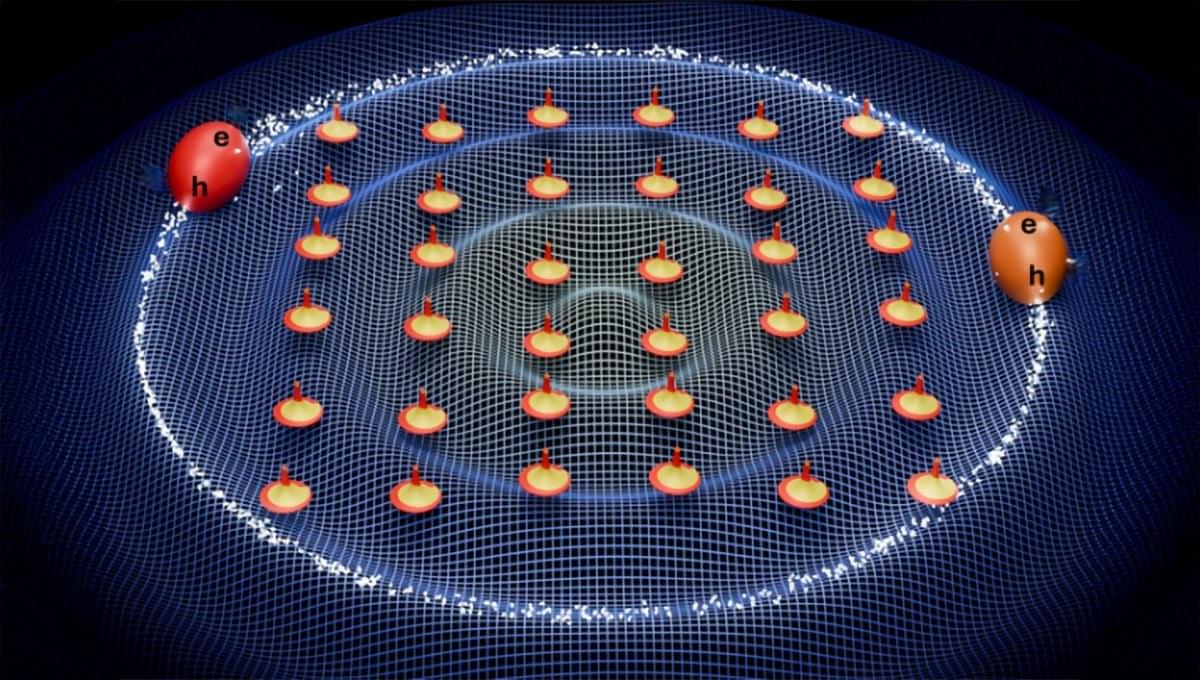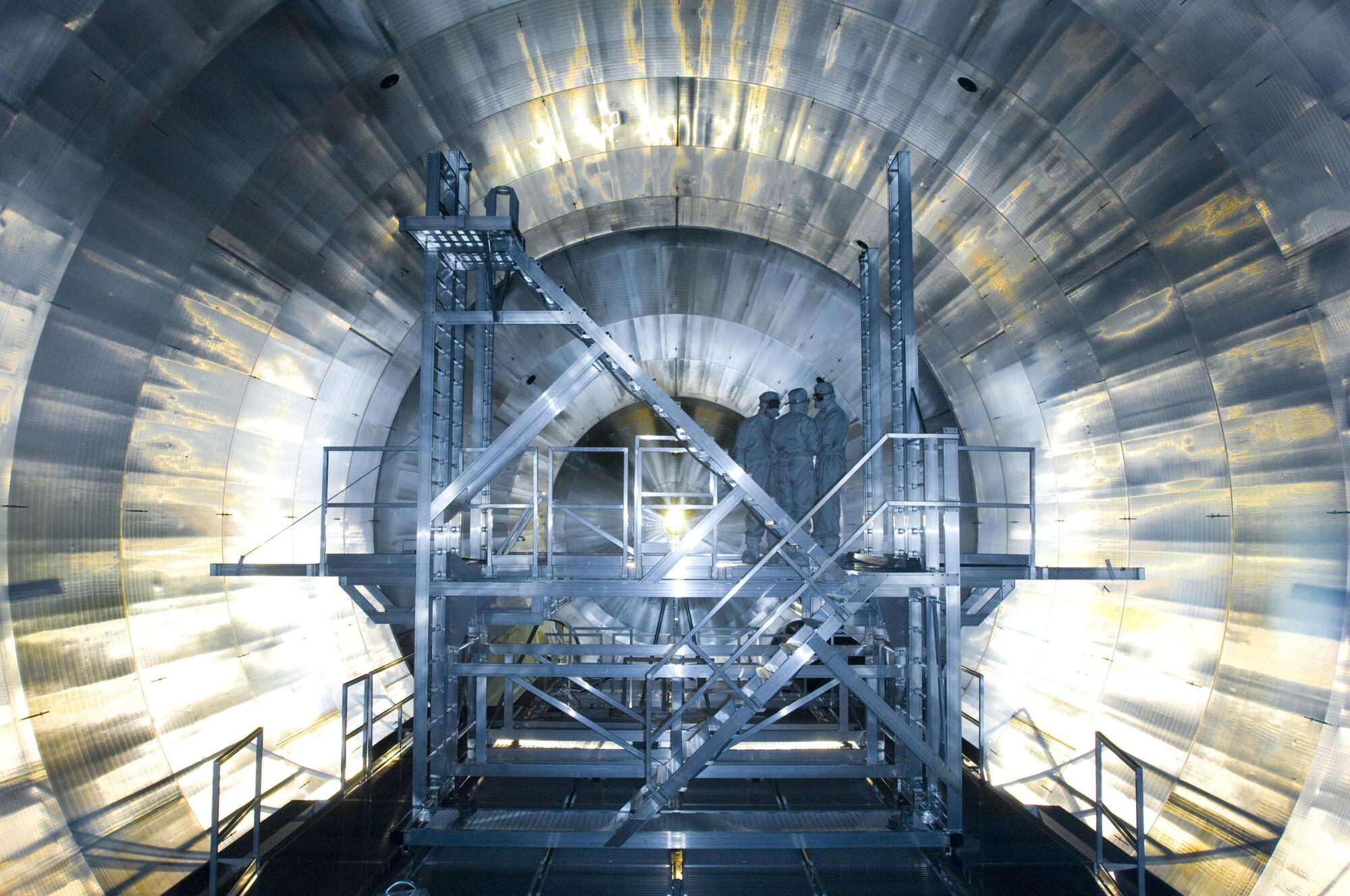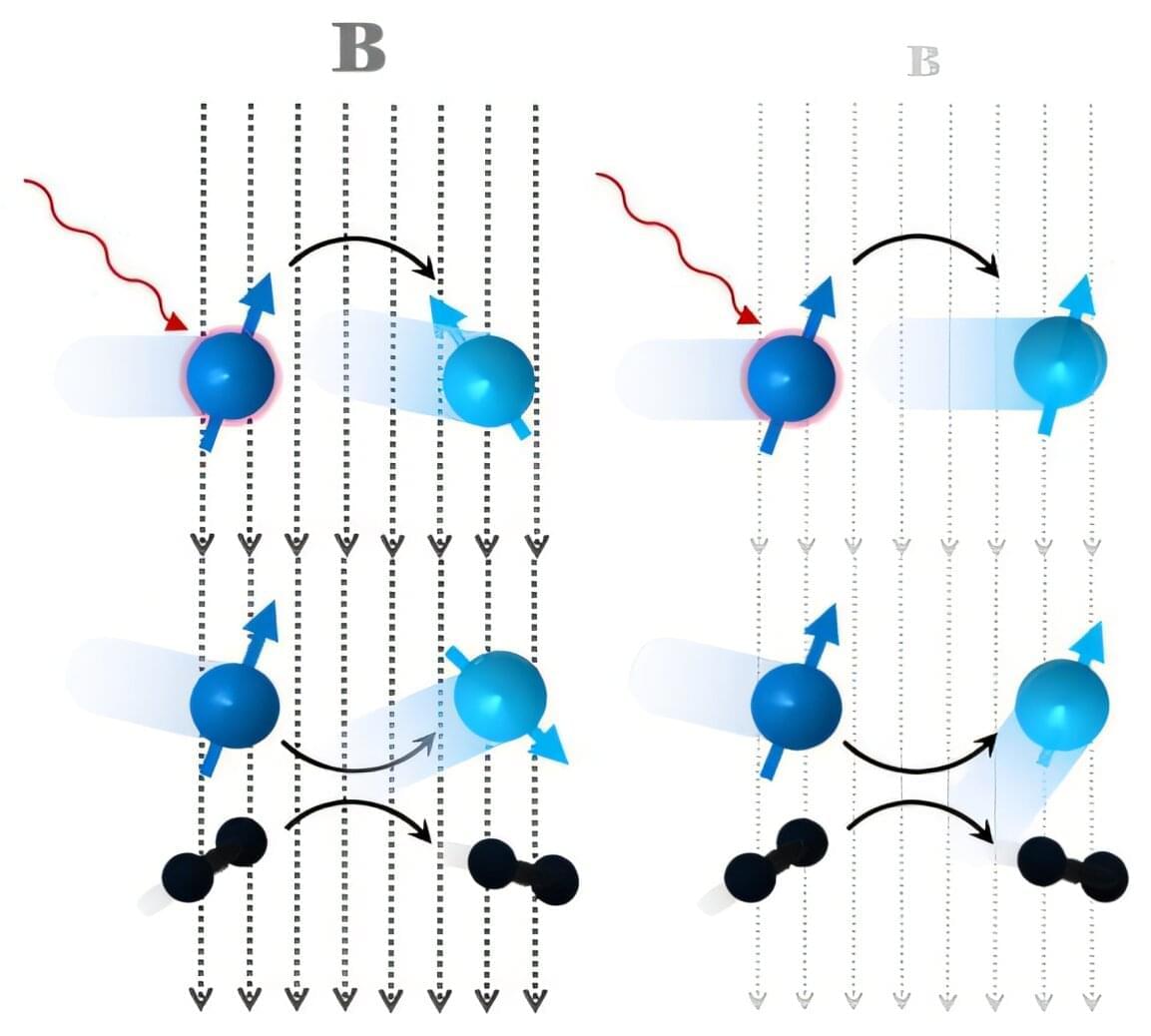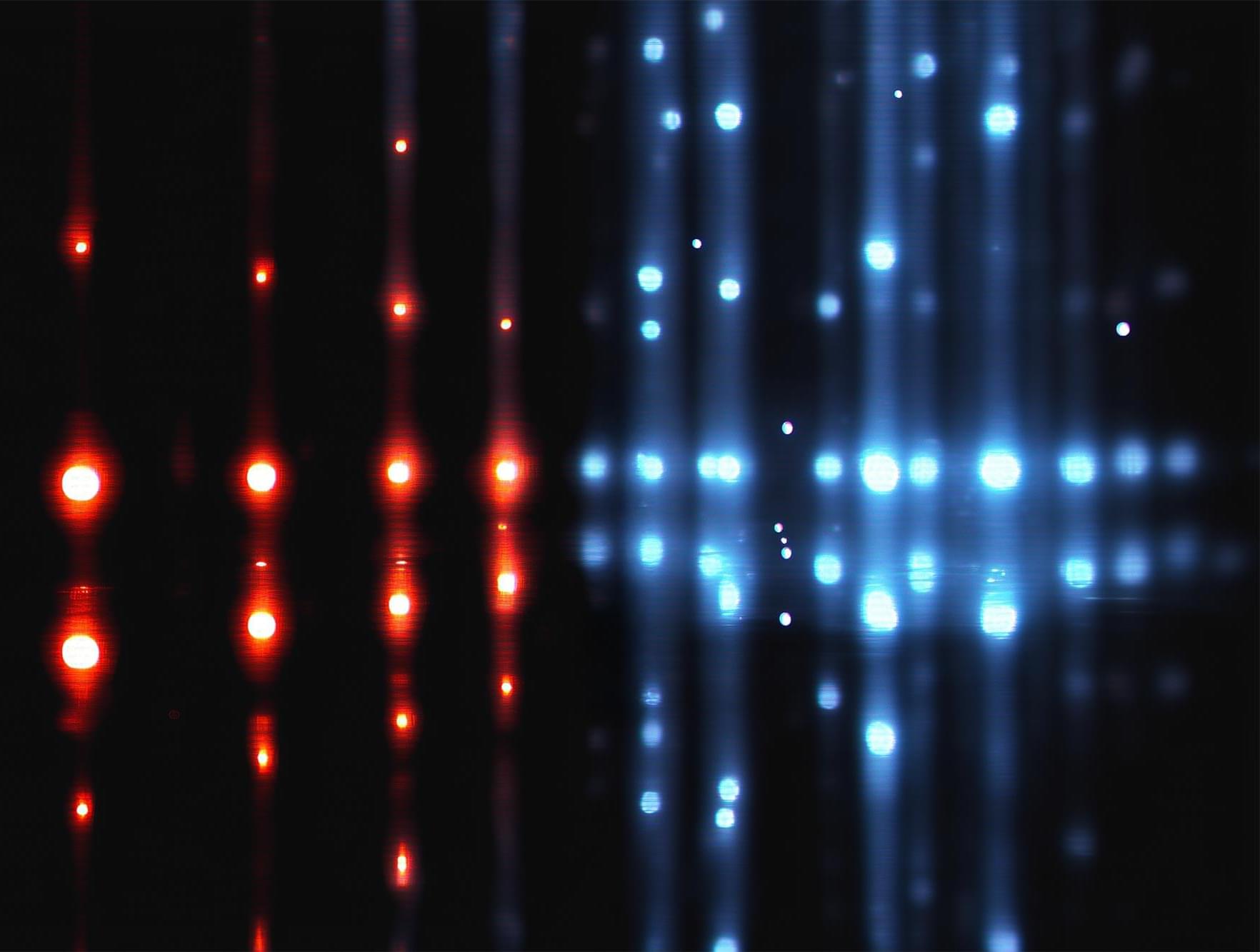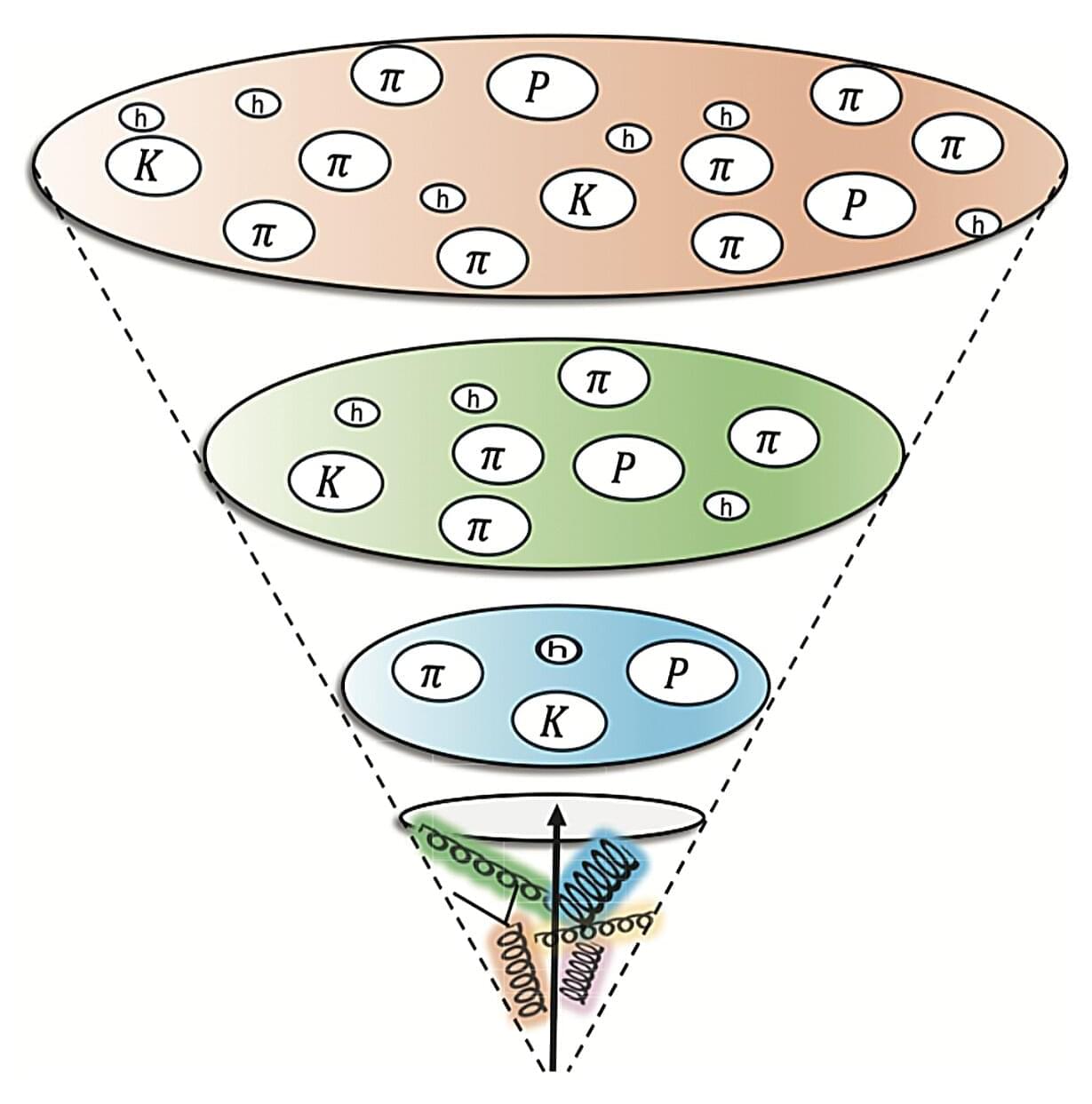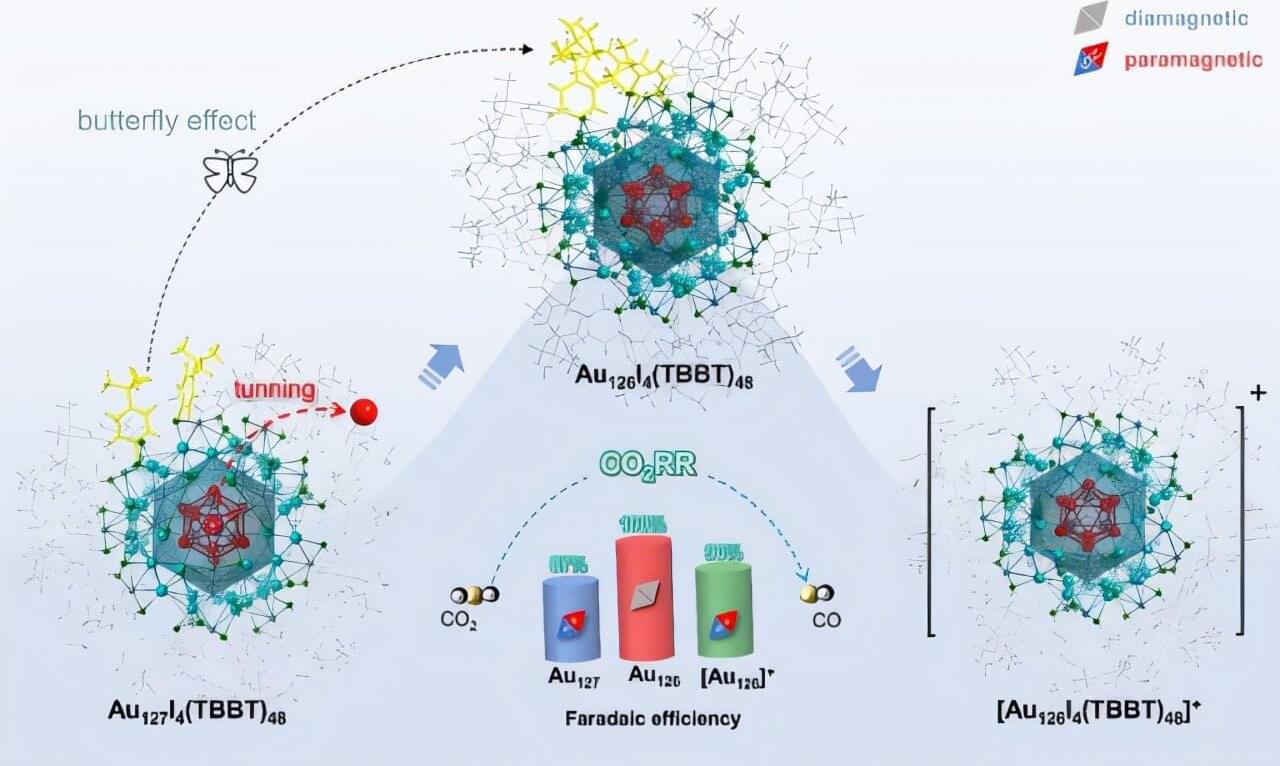Physicists have discovered that electronic excitations in 2D magnets can interact through spin waves – ripples in a material’s magnetic structure.
This breakthrough allows excitons (electron-hole pairs) to influence one another indirectly, like objects disturbing water. The interaction, demonstrated in a magnetic semiconductor called CrSBr, can be toggled on and off with magnetic fields, opening doors to revolutionary technologies like optical modulators, logic gates, and especially quantum transducers for future quantum computers and communication systems.
Discovery Unlocks Spin-Wave Mediated Interactions.
